
7 Must-Have Skills for Building a Thriving Creative Business
This is a guest post contributed by Sophia Bennett. Sophia is a skilled chronicler of the world of business and real estate. With a sharp eye for detail and a passion for these subjects, she provides valuable insights and inspiration to her readers through her writing. When she’s not working on her craft, Sophia can be found seeking new experiences and adventures, always on the lookout for the next great story to tell.
Ask any freelancer who’s built their own creative business how incredibly fulfilling it is. Then, ask them how challenging it was. The answer is likely to be 50/50 — half gratifying, half grueling.
It’s a fact. Whether you work in graphic design, copywriting, illustration, photography, interior design… building a business from the ground up requires grit, determination, and a mix of hard and soft skills to see you through.
While employees at conventional businesses may wear a few hats, creative freelancers wear all of them. They’re responsible for day-to-day operations, client work, marketing, finances, and more. It can get overwhelming at times, and sap the energy you’d normally devote to your creativity, originality, and inspiration — the stuff that makes your business truly unique.
Juggling all these skills and priorities can be difficult, especially in the context of an ever-evolving landscape that affects you and your clients. That’s why we’ve created this list of must-have skills to cultivate as a creative entrepreneur. You can use this as a development roadmap to bolster your skills with time and build a thriving, independent business that’s harmonious, productive, and, most of all… profitable.
1. Innovation
In the entertainment industry, they say you’re only as good as your last performance. In a creative business, you might say you’re only as good as your last great idea. Part of what makes a truly successful creative business is the constant pursuit of fresh ideas, original concepts, and unadulterated innovation. Creatives make the choice to push on with the belief that there’s a better, clearer, or more impactful way to deliver a message, market a product, or share a vision.
This pursuit of innovation has defined many of the world’s most iconic and memorable creative brands. It takes a sort of brilliance to sustainably connect with changing audiences, meet shifting client needs, and keep up with endless technological advances. Creative professionals (that’s you!) who can rise to meet the moment in the face of immense change will always have an advantage.
2. Time Management
Time is of the essence in just about every industry. But time management is a real struggle for many creatives, who tend to take a less linear approach to their work. With evolving project scopes and goals, plus different creative visions fighting for the spotlight, knowing when to put the ideation hat down and focus on simply getting the work done is critical.
Strong time management skills help creative businesses structure their workflow more effectively and tackle both big and small projects in a more methodical way. Conceptual agility is still important, but so is a degree of rigor when it comes to managing work hours and meeting deadlines.
3. Communication
Clear communication and understanding with your clients is crucial for a thriving creative business. When your goal is to bring a client’s creative vision to life (be it a book, website, restaurant plan, or fashion editorial), communication allows for free-flowing collaboration between the contributors and stakeholders. Creative entrepreneurs need access to a central digital communication platform, where they can discuss progress and keep up with client feedback.
If there’s a brick-and-mortar office, regular in-person meetings with clients and a culture of open communication can resolve misunderstandings and setbacks between collaborators. If real-life face-to-face meetings aren’t possible, use one of the many online collaboration and communication tools available. Slack, Zoom, Teams, Google Meet… there’s no excuse not to communicate these days. Even good old email works, too!
4. Empathy
Empathy is the hardest soft skill in any industry. However, it plays a particularly strong role in the creative sector. An empathic approach makes for more cohesive working relationships. And it allows you to deliver more engaging and impactful work. When you practice empathy, you can see the situation from another’s perspective. You can understand where your clients or collaborators are coming from and what their deeper goals and needs are.
This is an incredibly useful heuristic for creative projects, such as developing a new marketing campaign, designing a website for a niche audience, or collaborating with difficult or particularly needy clients. Plus, transcending the superficial helps you forge healthy, lasting, and mutually respectful relationships.
5. Diversity
When you’re entering uncharted creative territory, thinking outside of the box and opening up to a range of perspectives can be a game-changer.
As a creative freelancer or entrepreneur, your pool of perspectives might be limited. After all, you’re probably a team of one. But you can still expose yourself to diverse style, culture, industry, and people by working with clients and brands from varied backgrounds and niches. Collaborating with other creatives can be a great way to hear unique perspective, get inspired by fresh thinking, and learn new skills.
6. Adaptability
It’s impossible to discuss creative success without touching on adaptability. All businesses need to be adaptable to survive the notoriously changeable landscape — digitally, culturally, technologically, and otherwise. But creative brands, in particular, need to adopt an agile mentality.
Without strong adaptive skills, creative businesses might struggle to keep up with the popular trends, audience patterns, and informational currents of their industry. You might need to pivot your product offering as behavior changes, update your online portfolio or social media pages, or add new services to your list. If you feel the tug to change, do it!
Adaptability is the gene of a surviving business.
7. Problem-Solving
What is a creative brief if not an abstract problem to solve? Having comprehensive problem-solving skills is one of the most important aptitudes for a creative entrepreneur.
Problem-solving is an invaluable tool for navigating complicated briefs, dealing with difficult clients, working on tight deadlines (and tight budgets!), and finding new ways of connecting with new audiences, clients, and collaborators. Build up your gumption for facing challenges, and even learn to take pleasure in it. The more courage you have to face obstacles, the more gratifying this work will become.
The Takeaway: Use Your Skills to Find the Right Balance
Striking a balance between innovation and efficiency is not always easy in the creative sector. For every project to truly flourish, soft skills are needed. Nurturing client relationships and creative visions calls for a mixture of all of the above. And with the right skills, your freelance creative business can do more than just survive; it can thrive.

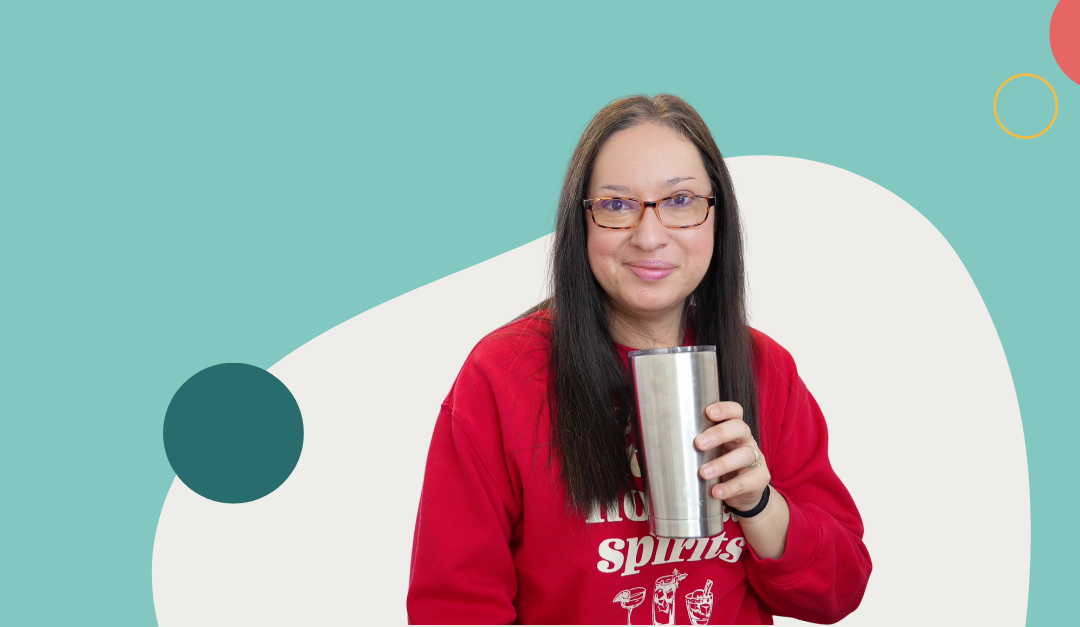




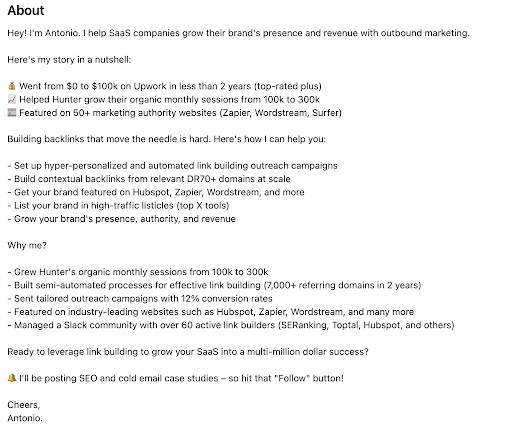
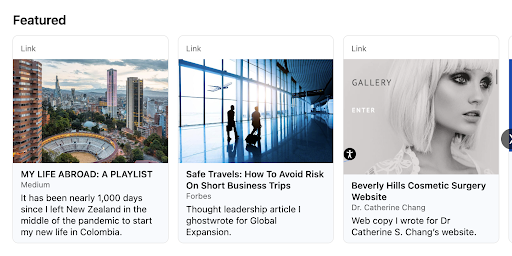
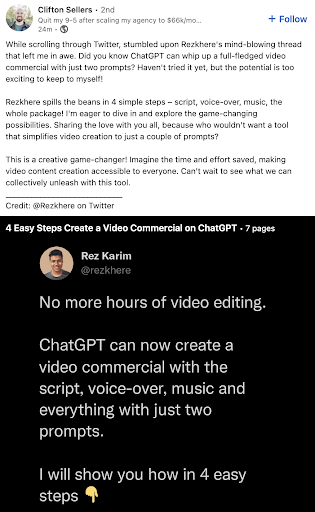
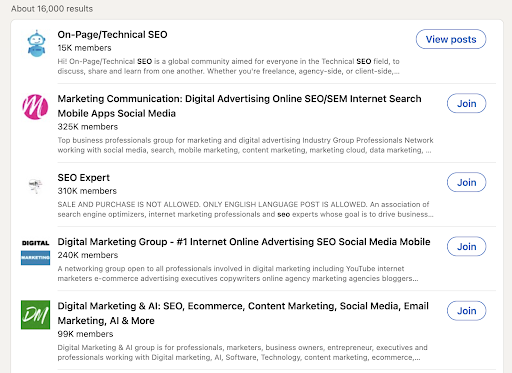
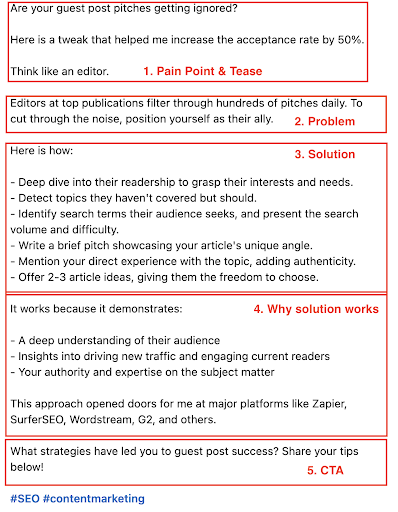
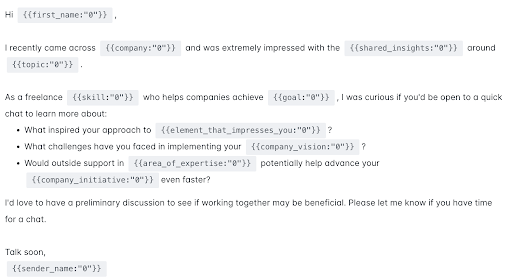

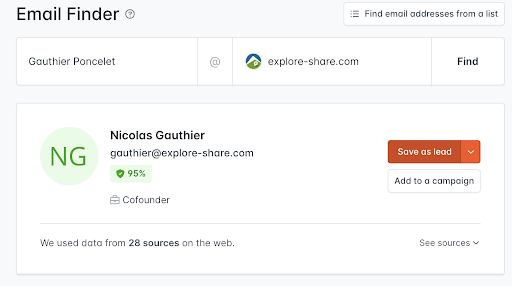

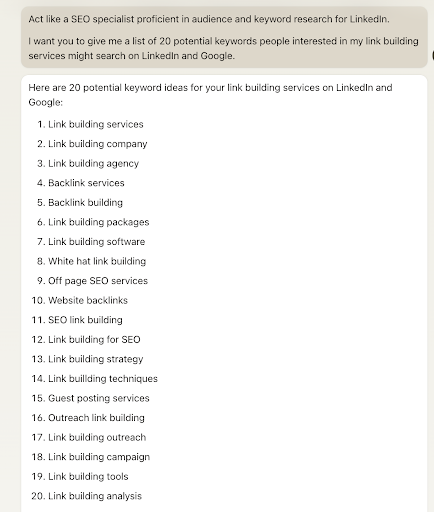
Recent Comments